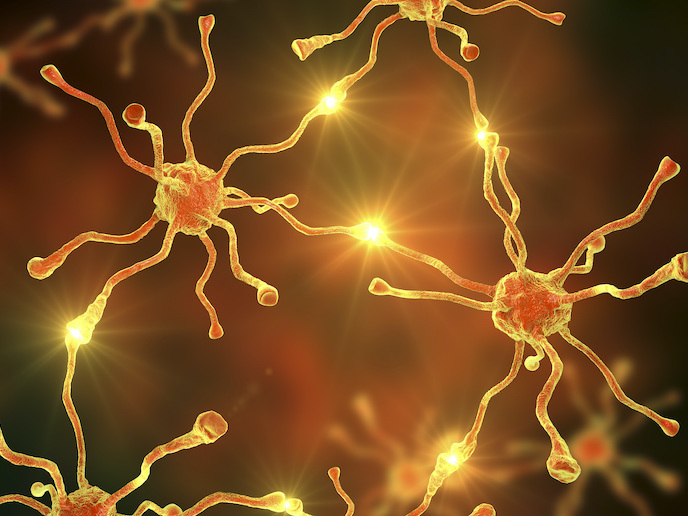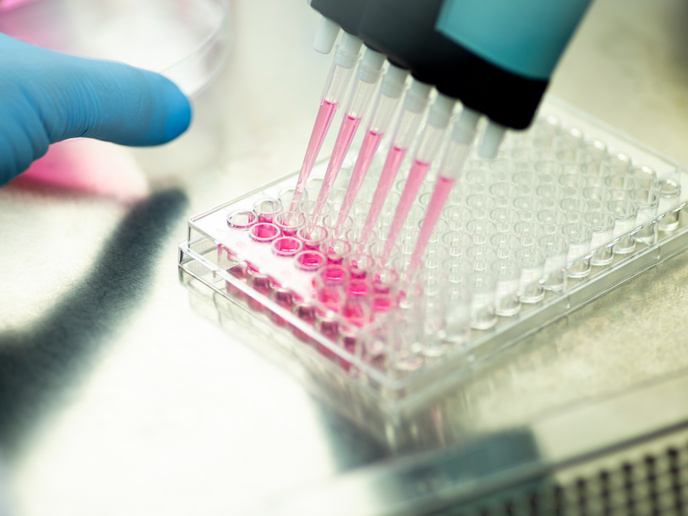Better understanding brain inflammation could improve epilepsy treatment
Epilepsy is one of the most common chronic neurological conditions, characterised by recurrent and unpredictable seizures. It is caused by a blockage of chemical activity at the brain’s synapses, the structure enabling neurons to send signals to each other. The blockage makes neurons more likely to be activated, referred to as excitation. Current treatments have one of three objectives: reduce neuronal activity by blocking excitatory neurotransmission; decrease neuronal activity by increasing inhibitory neurotransmission; or selectively block ion channels to reduce the intrinsic electrical excitability of individual cells. All of these approaches aim to control seizures rather than reverse or prevent the progression of the condition. While effective for most, these approaches don’t work for some patients and can induce quite severe side effects, such as nausea, weight gain, dizziness and drowsiness. The EU-funded EpiPur project pursued an alternative approach based on the control of brain inflammation regulated by proteins called P2X7 receptors. With a known link between inflammation and epilepsy, animal studies have already shown that targeting these receptors could help control epileptic symptoms. Yet, prior to EpiPur, little was known about the cell types and cellular signalling involved in the processes.
Inflammation and the brain’s signalling processes
“The starting point for EpiPur was that P2X7 is a major contributor to inflammation. Both inflammation in the brain, and inflammation outside it, contribute to generating seizures and to the mechanisms underlying epilepsy’s progression,” explains Tobias Engel from the Royal College of Surgeons(opens in new window) in Ireland. He undertook the research with the support of the EU’s Marie Skłodowska-Curie Actions(opens in new window) programme. Key to the inflammation response in the brain are molecules known as ATP, which are best known for providing energy for cells. When cells are damaged, ATP is released as part of the body’s healing mechanism. P2X7 detects the released ATP and triggers an inflammatory response. The EpiPur team combined different experimental approaches to characterise the circumstances under which ATP is released from cells and to chart the signalling pathway which results in P2X7’s activation and its influence on epilepsy.
The role of P2X7
The contribution of P2X7 is highly complex but can include directly regulating: the release of neurotransmitters; the concentration of receptors expressed at the synapse; selective death of neurons, and subsequent cognitive network reorganisation. The team studied a range of transgenic mice, including mice that had had the P2X7 receptor knocked out, mice where P2X7 was absent only in specific cell types and mice overexpressing the P2X7 receptor. Additionally, biosensors were used to measure the movement of ATP outside of cells. “The key EpiPur finding was that manipulating P2X7 seems to have a very significant effect on boosting the efficacy of anticonvulsants. This suggests P2X7-based treatments could be used as adjunctive treatment for patients who are resistant to the antiseizure drugs currently being used,” adds Engel. The EpiPur team hypothesise that a previous injury or infection is behind the neuroinflammation leading to drug resistance in some patients. This suggests that the development of drugs that block the P2X7 inflammatory response, known as antagonists, may help re-establish the effectiveness of epilepsy drugs in these patients. Having provided the proof-of-principle data, the next stage will be animal and then human clinical trials. P2X7 antagonists are already in clinical trials for other central nervous system conditions.







